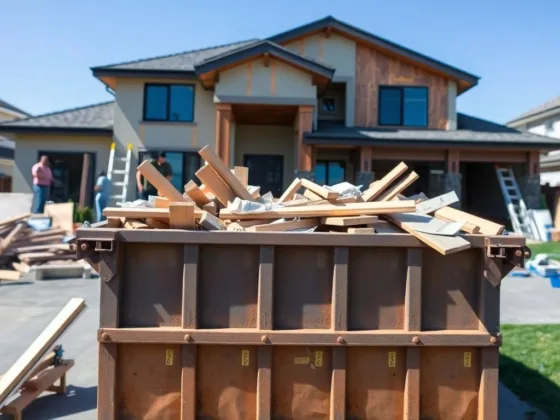Table of Contents Show
No building is perfectly equipped to handle all temperatures; some handle the heat better, others the cold.
However, this can make it difficult for you because you have to use more energy to either heat or cool.

This is where insulation comes in handy; it makes the energy regulation process much easier. If you are considering insulation, you have arrived at the right place.
What is Thermal Insulation?
Thermal Insulation is a method that works to reduce the transfer of heat between items that are in thermal contact or lie in the radiative influence range.
How Does Thermal Insulation Work?
Insulation can be confused as a way to heat your home, but this is incorrect and a common misconception.
Insulation increases the time it takes for heat to move from warm areas to colder areas, trapping the air in small pockets keeping the heat inside your home longer.
Similarly, during the warmer season, it takes longer for the heat to enter your home from outside, keeping the house cooler.
Read Also:
What is Thermal Insulation Made of?
True to its name, insulation needs to be made from good insulator materials that can effectively trap the heat in pockets.
Some good materials are wool, cellulose, polystyrene, polyurethane, cotton, foam, and fiberglass.
Fiberglass is the most common insulation used. It is a mixture of wool and glass fibers, making it a good choice for attics and basements.
What are the Benefits of Thermal Insulation?
It can be easy to think that heat is only lost by rising through the roof, but it is mainly lost via conduction. Let’s find out why is insulation so important.
Saving Energy
By carrying out thermal insulation in your building, you can decrease the amount of energy you spend on heating.
Insulation allows you to prevent heat from escaping from floors, walls, and doors. Retaining this heat means that your home or office remains comfortable without losing money on lost heat.
Similarly, during the warmer months, less energy has to be used to keep the building cool. By lessening your energy consumption, your electric bills would become significantly smaller too thus allowing you to save more money.
Building Requirement
In some countries, there are building requirements that demand energy efficiency in new buildings being built.
Installing insulation helps in meeting these requirements and providing you protection from fines for not meeting set standards.
Long-Lasting and Strong Buildings
A good metal roof insulation prevents a variety of things that can affect the architecture of the building, such as mold, deformation, humidity, freezing, and corrosion of iron.
This assists in preserving the building and keeps it standing for a long time. This reduces the costs of repair that go into a building.
Environmental Care
By having thermal insulation installed into the building, there is a reduction in the usage of energy such as gas.
This automatically reduces the amount of fossil fuel use that would be required to produce the energy needed to heat a non-insulated building.
Perfect for caring for the environment and cutting down on harmful emissions from fossil fuels.
Sound Protection
Insulation adds an extra layer between the outside and the inside of the building. So thermal insulation can actually reduce the amount of noise that comes inside a building, but also the amount of noise that will exit as well, cutting down on any noise complaints people may have.
Thermal insulation is a great way to reduce the cost of keeping a building’s temperature regulated.
It reduces the amount of energy being used, which is beneficial to both you and the environment—a great long-term investment for anyone looking to save money.









